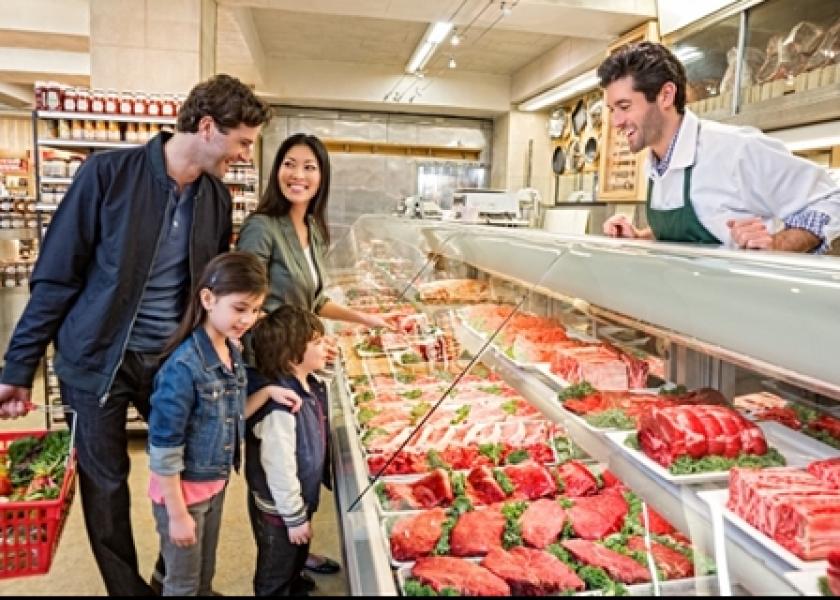Where Does My Food Come From?

How do you share your beef production story?
By: Cobie Rutherford, Extension Beef Cattle Associate, Mississippi State University
A few years ago, I had the opportunity to read a book about cattle production to a group of Kindergarteners in Paris, Kentucky. These 5-6 year olds were intrigued by the fact that I was a ‘real farmer’ and that I really owned cattle. Throughout the book, the students inquisitively asked questions. Some were easy to answer, some really made me think about what message I need to get out to consumers. Even though these students lived in a somewhat rural area, most were at least 2-3 generations removed from the family farm. These students idea of food began in the refrigerator, preceded by the grocery store and factory. Their ideals of food are around assembly and production, but they lacked the ideal of a farm being the starting point for their dinner.
I have always taken for granted the fact that I knew where my food came from. I found it alarming that these young people were so naïve. One little girl asked me the question, “does it hurt the cow when you harvest the hamburger from her?” My mind raced 100 miles per hour. How can I teach these children about beef and cattle production, if I am not willing to be honest? My reply was simply “No, it doesn’t hurt because when we get meat from any animal – the animal is already dead.” I remember the mortified look on the teacher’s face and the horror that was on the faces of the 15 little children who were sitting around me. What had I done?
I quickly related the story to something they all knew about – the Thanksgiving story. We then got into a candid discussion about how the Pilgrims and Indians had a Thanksgiving feast because the Indians taught the Pilgrims how to hunt and fish. The students could draw experiences from hunting because many had family members who had killed deer, ducks, etc. The discussion became really candid. I told them stories about some special steers that I had shown and we talked about how that animal helped a lot of people. In the end, they were ok with the fact that cattle are killed so that they can enjoy steaks and hamburgers.
This new generation consumer is a difficult one to gauge. They lack the nostalgic experiences of being on a farm and therefore cannot draw from those positive memories. This consumer is highly influenced by social media and many times, anti-agriculture propaganda. This generation has an infatuation with food production and is hungry to know the correct story. As fair season is in full swing, I challenge you to make it a goal to educate consumers.
Love them, or hate them – show cattle (or animals on display) are one of the best venues to get audience at a fair. Fair-goers are often times considered to be a nuisance by livestock exhibitors and I get that. They hold their noses when they walk through the barn, they dance around manure piles, and they are terrified if an animal looks at them funny. I think that exhibitors have an obligation to educate. Keep your area tidy and invite people to come in and ‘take a selfie’ with your heifer. Tell them some facts about beef cattle, and let them put a face with a farmer. Think about ways your display can help these consumers make the connection between the pasture and their plates.
Our goal is to keep beef at the center of the plate. We know that our consumers love beef and they need to know how beef cattle are cared for. I think it is important that we do not take it for granted that people know that cattle are slaughtered for beef. My personal opinion is that we have been over-using the word “harvested”. Beef producers have a great story to tell. How will you share yours?







